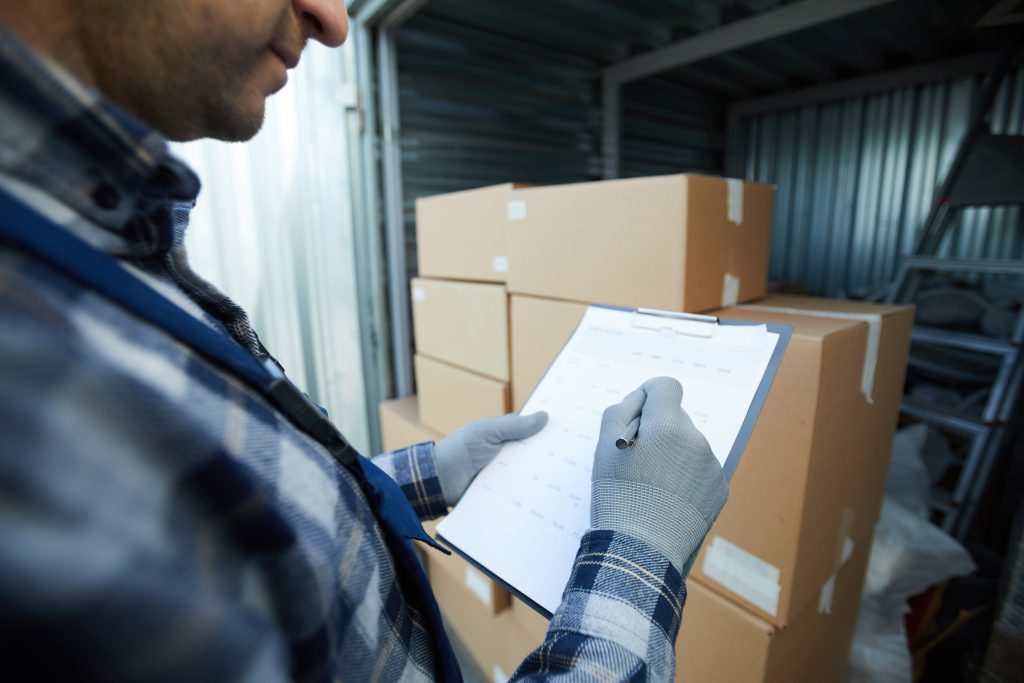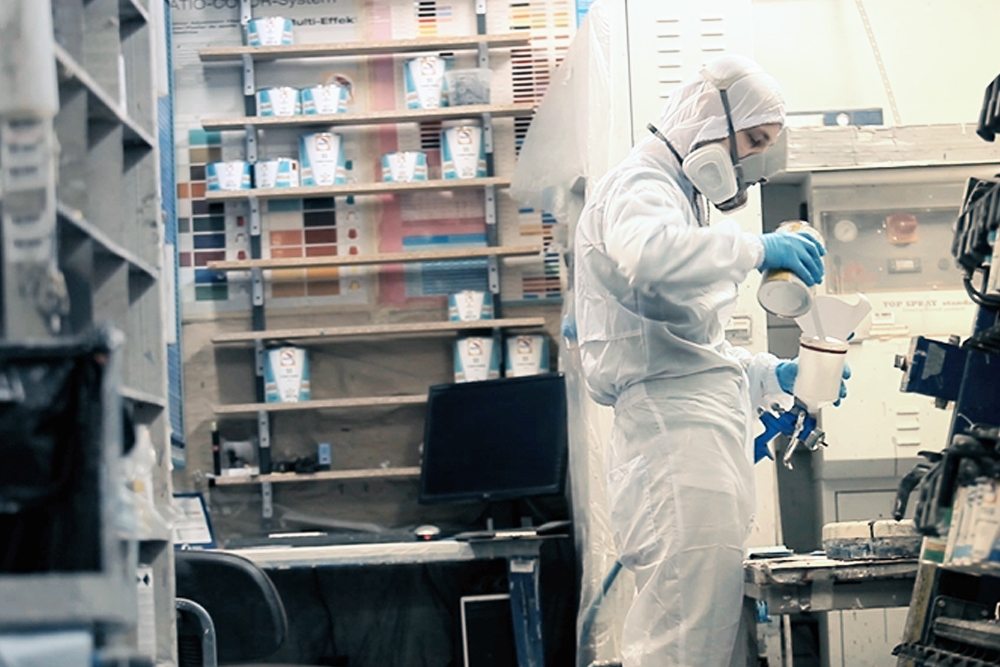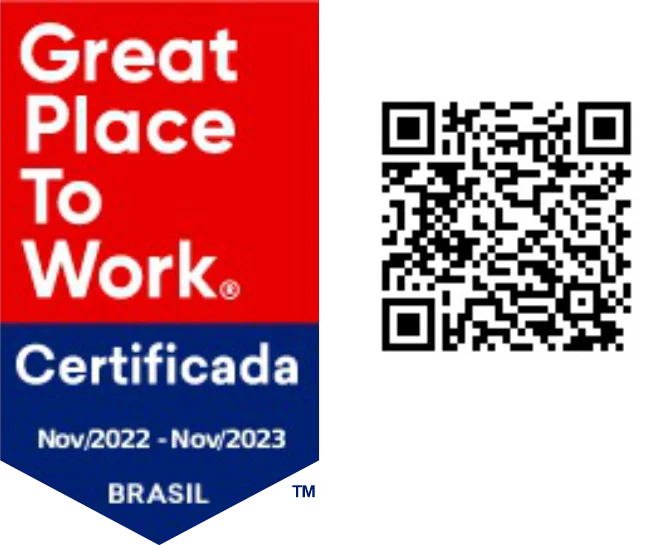Parameterization channels and their importance in customs clearance

Learn now which parameterization channels for customs clearance, understand about each of them and why to opt for the green channel.
Import of raw materials and inputs for the paint industry

Despite being pointed out as one of the sectors that would suffer the most from the social isolation measures resulting from the fight against the pandemic, the truth is that the construction segment managed to recover quickly. The demand even grew in the second half of 2020, even boosted by the injection of income from […]

